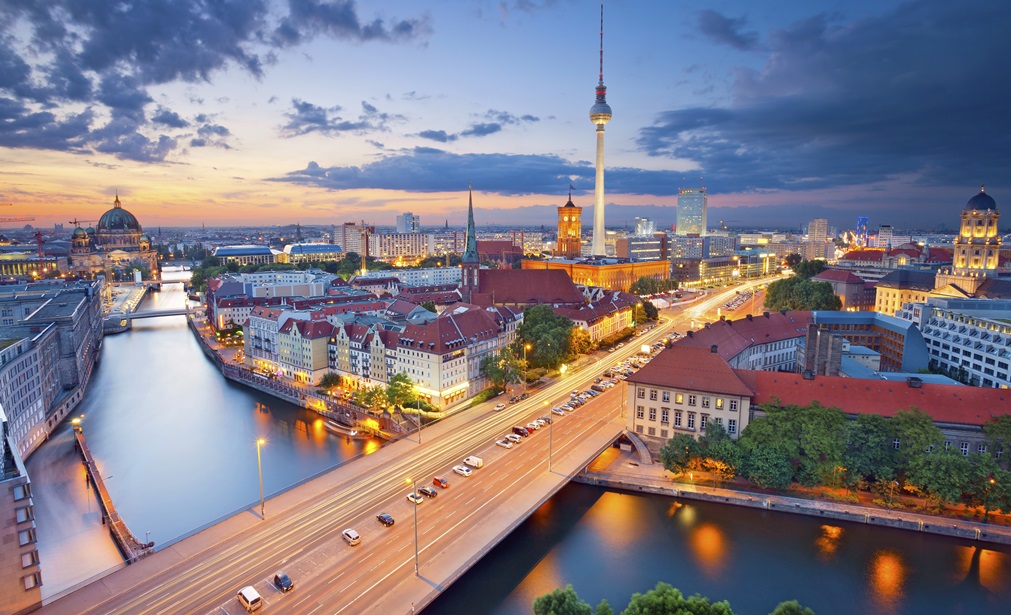Over recent decades, the reuse of brownfield sites in cities has been seen as one of the solutions to fight urban sprawl. In this context, brownfield regeneration is understood as a means to safeguard natural ecosystems and fertile soils from new urban development.
The reuse of brownfield properties that are underused, or that have lost their original functions, can fulfill redevelopment needs such as industrial or residential. Berlin, Germany provides an excellent example. Regeneration has been increasingly recognized as a key instrument in sustainable land management and in the reduction of environmental hazards.
It can make municipalities safer and more attractive places, supports the local and regional economy by creating jobs and increasing tax revenues. It is typically more sustainable than new development on greenfields—agricultural and natural land.
Despite this degree of appreciation (e.g., found on the political agendas in the form of land degradation neutrality and soil sealing limitation goals), more work needs to be done to encourage brownfield regeneration activities.
Urbanization, migration, climate change, and the competition between cities and municipalities to increase tax revenues by attracting more citizens and businesses to additional living areas/business parks, have led to increased and partly unnecessary use of greenfield land and fertile soils.
To overcome these obstacles, prioritization methodologies and tools have been developed based on factors determining a successful brownfield site regeneration (so called “success factors”). It is also vital that conflicts between priorities for brownfield regeneration are managed.
Prioritization of brownfield sites is a process that supports the “evaluation and classification and, where appropriate, their ranking, in order to assist the allocation of limited resources (funding, staff, time and energy) to those brownfield sites that turn out to be the most critical, practical or profitable to be revitalized”.
Brownfield prioritization tools help identify the most worthwhile investments in brownfield regeneration options for efficient land recycling. The strategy is to start where the intervention results in the greatest benefit. These benefits can be economical, environmental (e.g., hazard prevention), or social (e.g., crime reduction).

